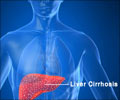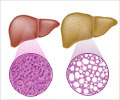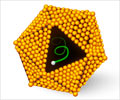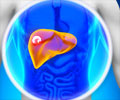The world's first printed organ-a human liver will now be unveiled next year by a bio-printing company in San Diego
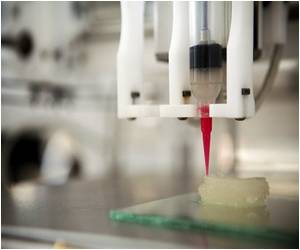
Organovo, however, said that it has been able to overcome that vascular issue to a degree.
Mike Renard, Organovo's executive vice president of commercial operations, said that they were able to achieve thicknesses more than 500 microns, and were able to maintain liver tissue in a fully functional state with native phenotypic behavior for at least 40 days, PC World reported.
Renard said that the researchers were able to bring together fibroblasts and endothelial cells, which perform the function of developing tiny vascular networks, allowing the company to achieve thick tissue with good cell viability.
Source-ANI
 MEDINDIA
MEDINDIA


 Email
Email
